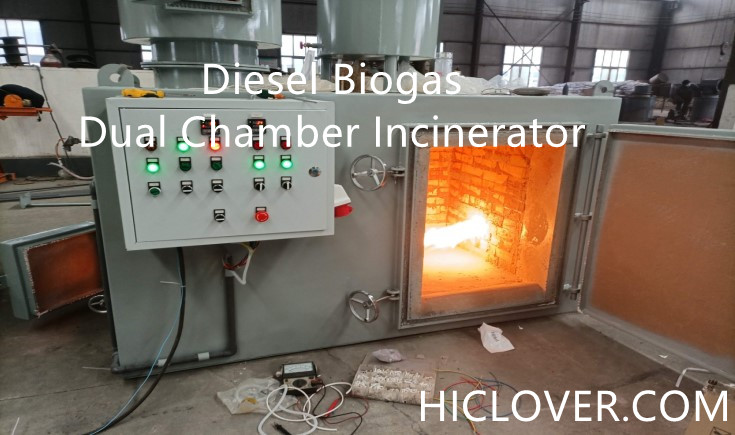Incinerators are an essential tool for waste management in many industries, including healthcare, manufacturing, and agriculture. However, to ensure that your incinerator is operating safely and efficiently, it is important to regularly conduct thorough checks and inspections. By including these 5 key components in your incinerator checklist, you can help to prevent breakdowns, reduce the risk of accidents, and ensure compliance with relevant regulations.
1. Combustion Chamber: The combustion chamber is the heart of the incinerator, where the waste is burned at high temperatures. It is crucial to inspect this component regularly to ensure that the interior walls are free from cracks, corrosion, and damage. Any such issues can lead to air leaks and reduced combustion efficiency. Additionally, make sure that the refractory lining is intact and free from cracks, which can cause heat loss and decreased performance.
2. Burners and Fuel Systems: The burners and fuel systems play a critical role in maintaining the high temperatures required for efficient waste incineration. It is important to inspect and clean the burners regularly to remove any debris or carbon build-up. Additionally, check the fuel supply system for leaks, pressure fluctuations, and proper functioning of valves and regulators.
3. Air Supply Systems: Adequate air supply is essential for the combustion of waste in the incinerator. Check the air supply systems, including blowers, fans, and dampers, to ensure they are functioning properly and delivering the required volume of air to the combustion chamber. Clogged or damaged air supply systems can lead to incomplete combustion and the release of harmful pollutants into the environment.
4. Emissions Monitoring and Control: Incinerators are subject to strict regulations governing emissions of pollutants such as particulate matter, nitrogen oxides, sulfur dioxide, and carbon monoxide. It is essential to include emissions monitoring and control systems in your checklist to ensure compliance with environmental standards. Regularly inspect and calibrate the gas analyzers, scrubbers, filters, and other emissions control equipment to prevent any exceedance of emission limits.
5. Safety and Shutdown Systems: Incinerators should be equipped with safety features and shutdown systems to prevent accidents and mitigate potential hazards. Include a thorough inspection of safety interlocks, emergency shut-off valves, flame detection systems, and fire protection equipment in your checklist. Regular testing and maintenance of these systems are crucial to protect personnel, property, and the environment from the risks associated with incinerator operation.
By including these 5 key components in your incinerator checklist, you can ensure that your incinerator operates efficiently, complies with regulations, and maintains a safe working environment. Regular maintenance and inspections not only prolong the lifespan of the equipment but also contribute to sustainable waste management practices. Remember to document all checks and findings in your checklist to track the incinerator’s performance and identify any areas that require attention or improvement.



